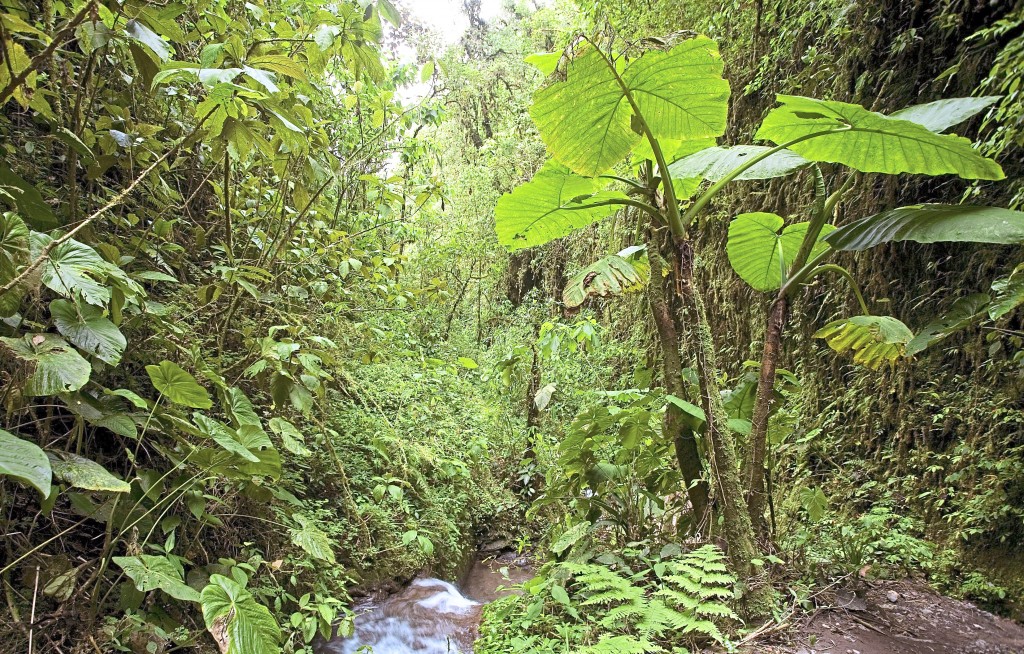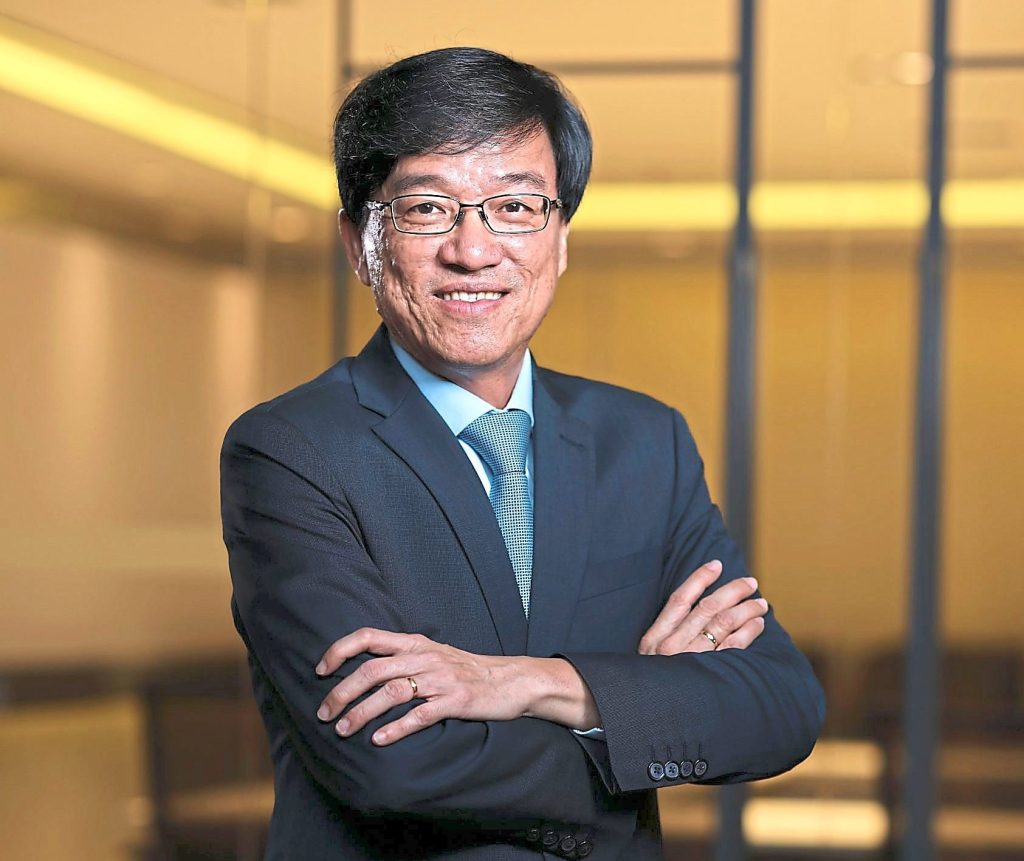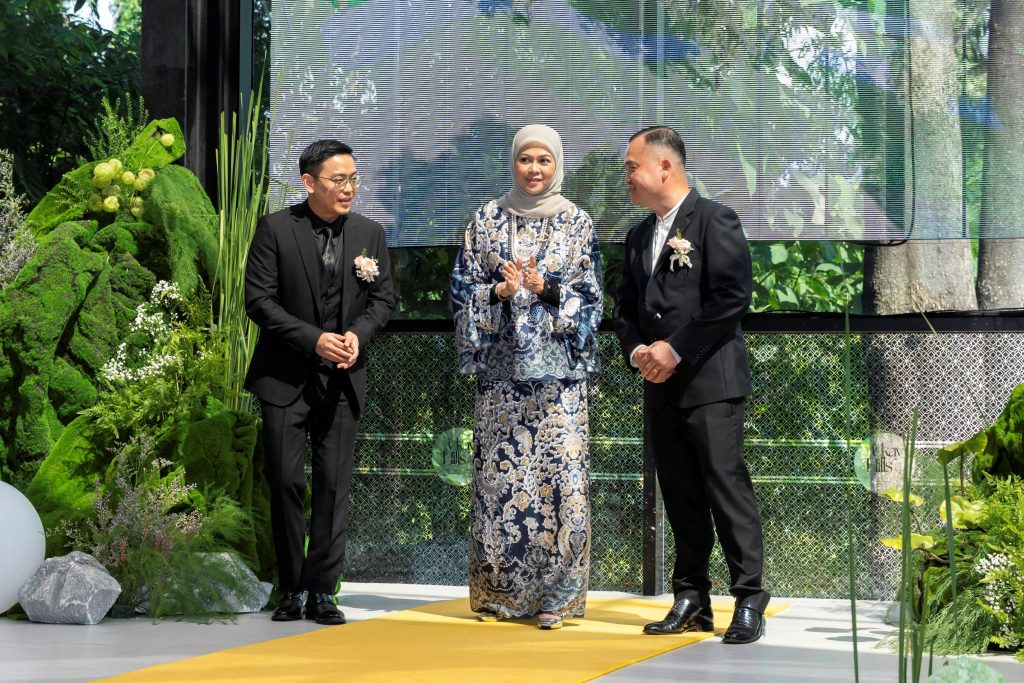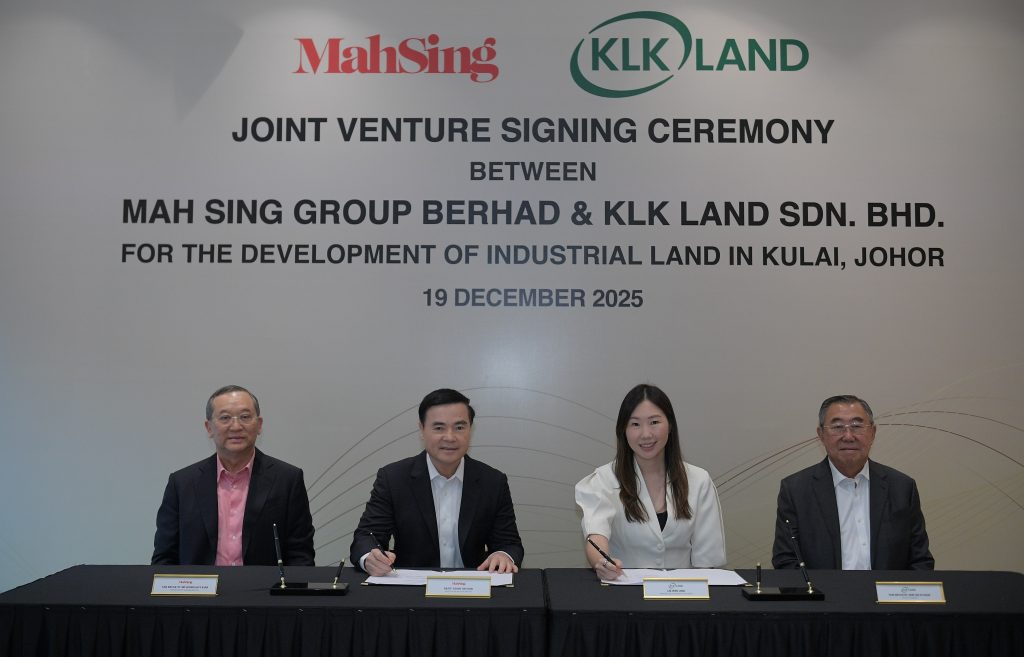Green spaces need more than landscaping and aesthetically pleasing plants
By Yanika Liew
As more and more property developers take on the mandate of environmentalism and sustainability, the topic of biodiversity is coming into the forefront as more than just implementing green features.
Biodiversity speaks to the conservation and protection of diverse species, whether flora or fauna, and the concept has become increasingly widespread. While some residential hubs and townships have dipped their toes into biodiversity, has the concept penetrated commercial real estate such as malls and shopping centres?
“As a general planning requirement, buildings including malls have to set aside 10% of land for landscape and open space. Newer malls have included more green areas and landscaping and newer concepts such as plants for shading, reducing solar penetration, urban farming and aquaponics, et cetera,” Malaysian Shopping Malls Association president Tan Sri Teo Chiang Kok said.
These sustainability features focus on energy efficiency and reducing carbon emissions into the atmosphere, allowing customers to make use of the natural environment as a resource. When a mall begins to promote biodiversity in its corporate strategy, it takes a proactive step in conservation that emphasises on the diverse species in Malaysia.
This remains a challenge in malls. As a commercial area, the shopping centre and its landscape have to be customer-friendly. Teo also pointed out that the variety and range of plants that are selected by these developers have to be selected not only to thrive in urban settings but vicariously contribute to biodiversity.
“Malls are increasingly becoming more environmentally conscious and are doing more than the minimum requirements but the diversity of plants is limited by the availability of suitable premises,” Teo said.
While malls are all in various stages of implementation of going greener, this may occur with or without the promotion of urban biodiversity. As it stands today, very few shopping malls have an emphasis on biodiversity.
One such mall is Klang Valley’s 1 Utama, which began its environmental journey in 1995 and continues to improve its initiative to this day. The shopping centre has a rainforest, a secret garden and an urban farm.
The usual plants found on the urban farm include parsley, choy sum and basil. Other urban farms may choose the Asian leafy category, which encompasses a range of species such as mustard, spinach, and kale. These species were chosen because they are more hardy, and can withstand temperature differentials.
“The Secret Garden at 1 Utama is South East Asia’s largest rooftop garden where plants are planted with biochar soil for carbon sequestration on a 30,000 sq ft green roof of extensive scientific experimentation,” 1 Utama public relations manager Lee Li Lian said.
The garden features around 500 species of rare and temperate plants including cool-climate plants, giant aroids and food plants such as rice, pepper, banana and cocoa. There are also ornamental foliage plants and aquatic plants such as the giant Amazon Water Lily.
Lee pointed out that new plants are tested and planted continuously so the composition of the garden changes from month to month.
Aside from implementing innovative green building practices to conserve water and energy, the mall also introduces meaningful eco-campaigns to encourage recycling and build green attractions like its 4-storey Rainforest enclave with 100 species of forest trees, koi fish ponds, giant freshwater fish aquarium and overhead suspension bridge.
“It was a first-in-Malaysia feature, the Rainforest took years of in-depth research by an expert team of botanists and landscape architects to develop, sourcing rare tree species from Sabah and Sarawak transported into 1 Utama by cranes to form the Rainforest,” Lee said.
There were a few challenges when it came to construction. Lee noted that they were constrained by space and the key objective of growing the Rainforest into a functional microclimate habitat.
There were multiple factors to take into account, the key ones being sufficient sunlight, nutrients and water, which had to be thoughtfully planned for long-term maintenance.
“Needless to say, the Rainforest was a costly project, but the commitment to build, educate and create environmental awareness remains 1 Utama’s commitment,” she said.
1 Utama’s Secret Garden took 5 years to develop before it was finally ready for public viewing on May 25, 2009.
The garden adopts high-performance technologies such as chilled water irrigation sourced from the mall’s air conditioning system and rainwater harvesting system to water plants. Both novel technologies are integrated into the mall building, making it energy efficient and environmentally friendly.
Having a green roof also insulates and blocks heat from the sun on the rooftop thereby decreasing the air-conditioning load required to cool the building, allowing 1 Utama to conserve even more energy.
The soil in the garden is a mix of biochar and normal soil. Biochar is charcoal in the form of small particles and provides a better environment for root growth than normal soil because it is more open to water and air penetration. Organic fertilisers are also applied regularly.
“The vast amount of carbon stored in The Secret Garden reduces 1 Utama’s carbon footprint. (A total of) 800 of 1,600 tonnes per hectare of biochar is used depending on whether the soil is 50% or 100%,” Lee said.
“By comparison, the tropical rainforest holds about 300 tonnes per hectare of carbon. Hence The Secret Garden sequesters much more carbon than an equivalent area of tropical rainforest and contributes significantly to the fight against global warming. The plants also absorb large amounts of C02 through photosynthesis, providing fresher air to the mall environment,” she added.
1 Utama is currently in the midst of planning further renovation and upgrading works for the Rainforest and The Secret Garden, as well as a new recycling initiative, the 1Recycling Centre.
The increasing focus on the conservation of Malaysia’s biodiversity places a unique pressure on malls to take a proactive approach. Perhaps in the future, Malaysians will be able to look forward to lush trees and local species even in their shopping centres.
Stay ahead of the crowd and enjoy fresh insights on real estate, property development, and lifestyle trends when you subscribe to our newsletter and follow us on social media.
















































